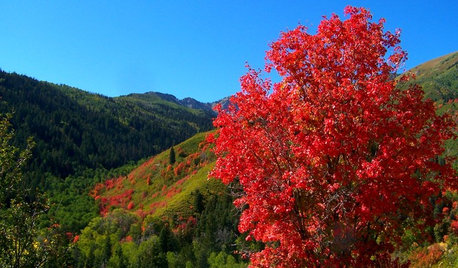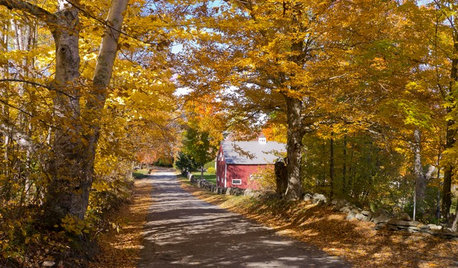Acer saccharum 'Autumn Splendor'
arktrees
13 years ago
Related Stories

GARDENING GUIDESBigtooth Maple, the West’s Native Sugar Maple
Plant Acer grandidentatum for cool shade, brilliant autumn colors and songbird habitat
Full Story
FALL GARDENING11 Trees for Brilliant Fall Color
Give your landscape the quintessential look of autumn with the red, orange and yellow leaves of these standouts
Full Story
FALL AND THANKSGIVINGCelebrate the Season With Colorful Visions of Fall
Houzz readers share what autumn looks like in the United States and beyond
Full Story
FALL GARDENINGHouzz Call: Show Us Your Fall Color!
Post pictures of your fall landscape — plants, leaves, wildlife — in the Comments section. Your photo could appear in an upcoming article
Full StorySponsored
Columbus Area's Luxury Design Build Firm | 17x Best of Houzz Winner!
More Discussions









Embothrium
arktreesOriginal Author
slimwhitman
arktreesOriginal Author
Dan _Staley (5b Sunset 2B AHS 7)
gardningrandma
Embothrium
lou_spicewood_tx
arktreesOriginal Author
lou_spicewood_tx
Iris GW
Dan _Staley (5b Sunset 2B AHS 7)
arktreesOriginal Author
Dan _Staley (5b Sunset 2B AHS 7)
Embothrium
Dan _Staley (5b Sunset 2B AHS 7)
slimwhitman
arktreesOriginal Author
slimwhitman
arktreesOriginal Author
j0nd03
slimwhitman
alabamatreehugger 8b SW Alabama
j0nd03
arktreesOriginal Author
jfadmz